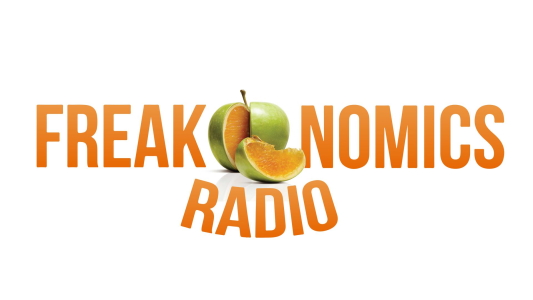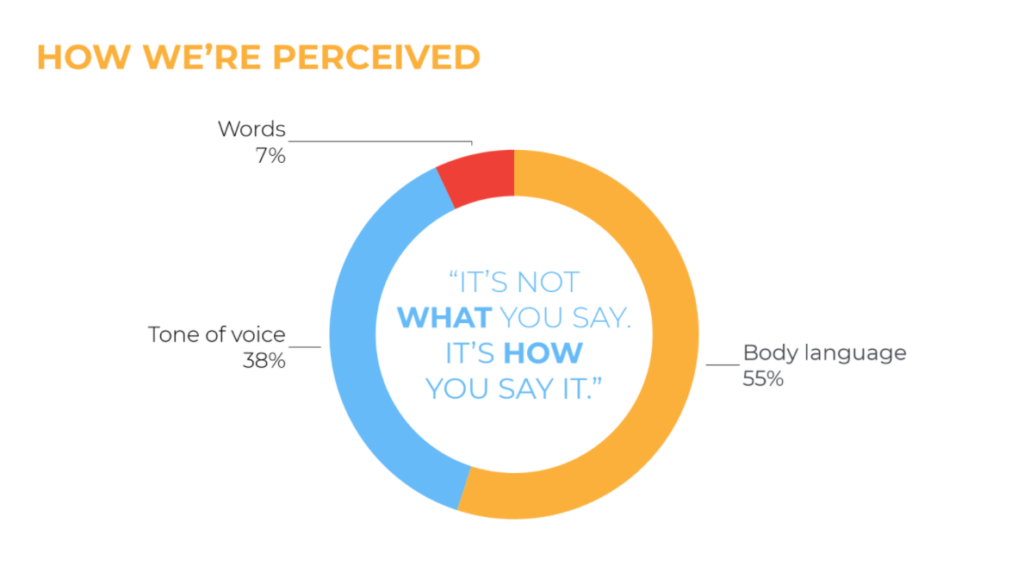10
JUN 2022EmployStats Assist with the Rescission of the Texas Medicaid Waiver Program
Posted by Emma Dooley | UncategorizedDr. Roberto Cavazos, Dr. Dwight Steward and Dr. John Thompson recently worked on a high profile case with the Texas Attorney General’s Office pertaining to the rescission of Texas’ Medicaid 1115 waiver program. This program is designed to provide health care in Texas that improves the experience of care and the population’s health while reducing the cost without affecting the quality.
The AG’s office filed a suit against the Texas Health and Human Services Commissions to counteract the Centers for Medicare & Medicaid Services (CMS) decision to eliminate the current medicaid waiver granted to the state of Texas. EmployStats (Dwight. John, and Roberto) provided the AG’s office with an economic analysis of the Medicaid waiver program showing the impact of eliminating the current waiver.
Our analysis found that had the federal government eliminated the medical waiver, millions of Texans would have lost access to health care. Eliminating the Medicaid waiver would have closed rural Texas hospitals and healthcare providers due to lack of funding and existing minimal resources.
The federal government recently renewed the Texas Medicaid Waiver program for another decade. With Texas having the largest uninsured population in the nation, the program can help to provide and pay for healthcare for millions of Texans.







